Special elections are confusing, chaotic messes that bleed taxpayers — and could often be avoided if politicians quit before leveling up, flaming out, or dropping dead
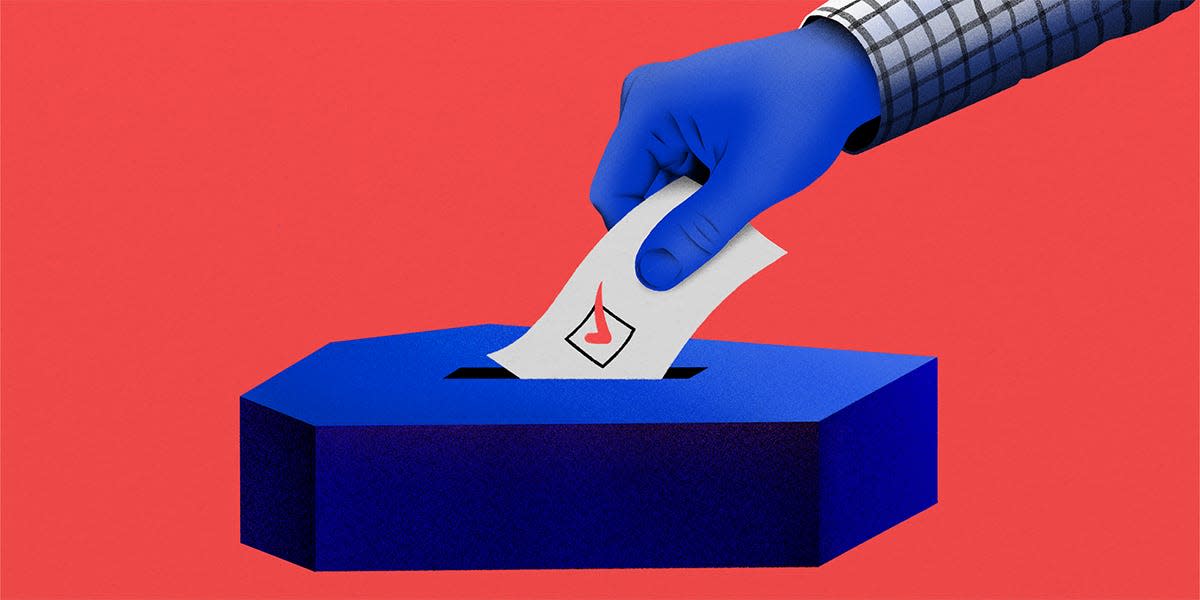
Over 120 members of Congress have died or left their positions early in the past 20 years.
Deaths and resignations have spurred a steady churn of costly and low-turnout special elections.
Special elections have become confusing, chaotic messes, bleeding taxpayers and exhausting voters.
Read more from Insider's "Red, White, and Gray" series.
The 25-term Rep. Don Young of Alaska would leave Congress by one of only two routes.
First: Alaskan voters ending his career.
"The only time I'll retire is when people want to retire me. The people decide I can't serve them any more, they'll get rid of me," Young, a Republican, told the Anchorage Daily News in 2014.
Second: death.
In March, Young died at 88 while flying to the state he served on Capitol Hill for nearly half a century — most of its existence as a state.
Young's death triggered an unprecedented series of three statewide votes — a special primary, a special general election held along with a regular primary, and a regular general election — within five months.
It also forced election officials to implement Alaska's new voting system ahead of schedule. It consists of a top-four primary, where candidates of all parties run on the same primary ballot, and a ranked-choice general election. With ranked choice, voters order the candidates on the ballot in order of preference, and the candidates' votes are redistributed up to the top until one earns over 50% of the vote.
Voters — confused or not — ultimately elected Mary Peltola, a Democrat, out of a 48-candidate field that included everyone from the 2008 vice-presidential nominee Sarah Palin to Santa Claus, a socialist City Council member in the city of North Pole.
The Alaska special election is just one of the more than 120 congressional special elections conducted over the past two decades, an Insider analysis found.
While special elections sometimes open unexpected doors for new candidates like now-Sen. Jon Ossoff in Georgia and Rep. Conor Lamb in Pennsylvania, they're expensive, have low turnout, and are sometimes chaotic affairs that bleed taxpayers, confuse and exhaust voters, and, in many cases, can be avoided if lawmakers choose to step aside earlier.
Insider found that 55 of the special elections from the past two decades, 45%, were prompted by a Congress member resigning before the end of their term. One-quarter of those special elections, 31, followed a member getting elected or appointed to another position.
And 35 of those special elections, nearly 30%, resulted from members dying in office (except for Missouri's Mel Carnahan, who was posthumously elected to the US Senate after dying in a plane crash), or resigning for age-related health concerns.
The Constitution sets minimum ages to serve in the US House (25) and Senate (30).
But it doesn't set a maximum. Nor has Congress passed a term-limit law that would forbid lawmakers from serving, say, more than a dozen years. Therefore, any member of Congress may, like Young did, serve in perpetuity, their political careers interrupted only by constituent intervention or their own mortality.
For better or for worse, such a system has contributed to Congress being significantly older than the population it represents. As the current congressional session began last year, the median age of a House member was 58, while the median age of a senator was 64.5. The median age of the general American population? Just short of 39.
Special elections spurred by lawmakers dying in office or resigning because of health complications are on the rise.
Young and Rep. Alcee Hastings of Florida, a Democrat, entered the current session of Congress as two of the US House's three oldest members. Both have since died while in office.
Those who die or resign for health reasons while serving in Congress are usually well into their golden years. The average age of such members of Congress was 84 during the 115th Congress, from 2017 to 2019. That figure has trended down — to 68 years old — in the current congressional session.
Sen. Robert Byrd, 92, Sen. Daniel Inouye, 88, Sen. Frank Lautenberg, 89, and Rep. Louise Slaughter, 88, are other members of Congress who served into their late 80s or early 90s before dying in office and, as a result, triggering a special election. Sens. Thad Cochran, 80, and James Inhofe, 87, set off special elections by announcing their resignations before the end of their terms.
Insider's "Red, White, and Gray" series explores the costs, benefits, and dangers of life in a democracy helmed by those of advanced age, where issues of profound importance to the nation's youth and future — technology, civil rights, energy, the environment — are largely in the hands of those whose primes have passed.
"There will be questions about how long members of Congress serve and what's the time for them to maybe think about not holding on until the end," Karen Owen, a political-science professor at the University of West Georgia and coauthor of a 2021 book on special elections, told Insider.
Special elections bombard voters
Special elections routinely attract special attention. With that attention comes especially ridiculous amounts of money, often from wealthy people and special interests who have little interest in picking the best person to represent the good people of Alaska or Nebraska or Louisiana but sure want to add or retain a congressional seat for their political party of choice.
In 2020, voters in Arizona and Georgia were bombarded with advertising as out-of-state cash poured into the US Senate special elections prompted, respectively, by the death of Republican Sen. John McCain and the health-related resignation of GOP Sen. Johnny Isakson.
Voters in both states will now decide whether the winners of those special elections — Mark Kelly of Arizona, a Democrat, and Raphael Warnock of Georgia, also a Democrat — deserve their own six-year terms.
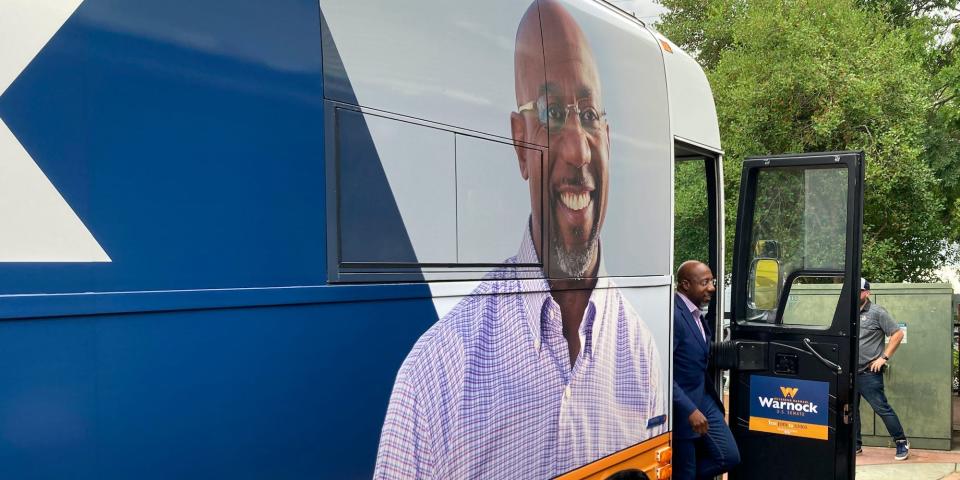
"People are just really tired. We've never had a moment where we haven't been in an election cycle, Owen said of Georgia, calling the deluge of ads "a constant barrage."
Compounding voter fatigue is the once-a-decade redrawing of political lines that have turned some special elections into messy games of political musical chairs.
In California, New York, and Texas, resignations spurred special elections for congressional districts that will no longer exist come January. One candidate, Pat Ryan of New York, ran in the special general election for one House seat, the Upstate New York-based 19th District. He also ran in the regular primary for another, the neighboring 18th District — on the same day.
The high-profile 2017 special Senate election in Alabama between former federal prosecutor Doug Jones, a Democrat, and Roy Moore, a Republican, hit over $48 million in campaign spending and likely cost the state over $15 million to conduct between the primary, the primary runoff, and the general election.
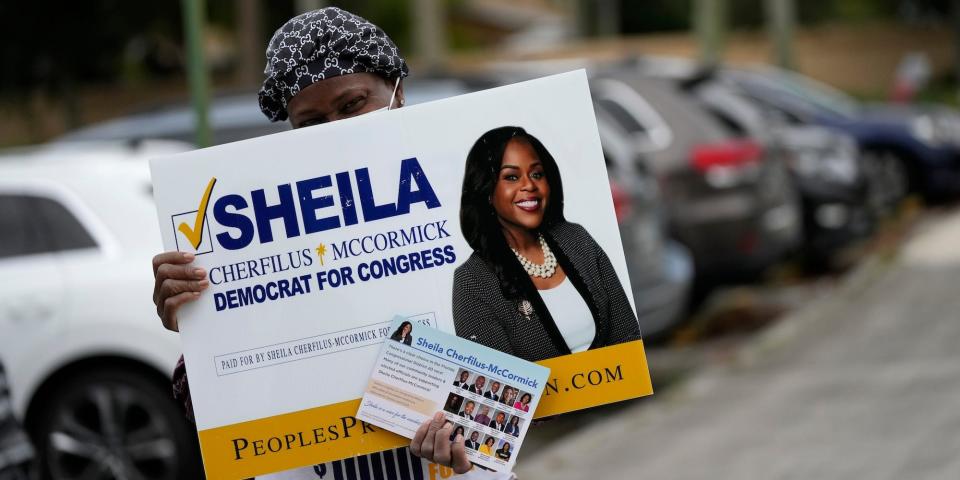
In 2022, special elections are 'a perfect storm of confusion'
Special congressional elections are, on balance, less democratic than regular elections.
They tend to have much lower voter participation than general elections, and in safe blue or red seats, candidates win crowded primaries with a slim plurality of the vote.
Just over 55,000 voters cast ballots in the 11-way special Democratic primary election to replace Hastings, the South Florida representative, after he died of cancer in April 2021. That's compared with over 62,000 who voted to elect him in his last primary and over 250,000 in his last general election, in November 2020.
And only 11,662 of them chose Rep. Sheila Cherfilus-McCormick to represent the Broward County-based district of over 800,000 people in total, in a primary where she ultimately beat out the second-place candidate by just five votes.
The prolonged special-election process also left the district's constituents without a vote in Washington for over nine months until Cherfilus-McCormick won the January general election, one that just 55,703 people voted in.
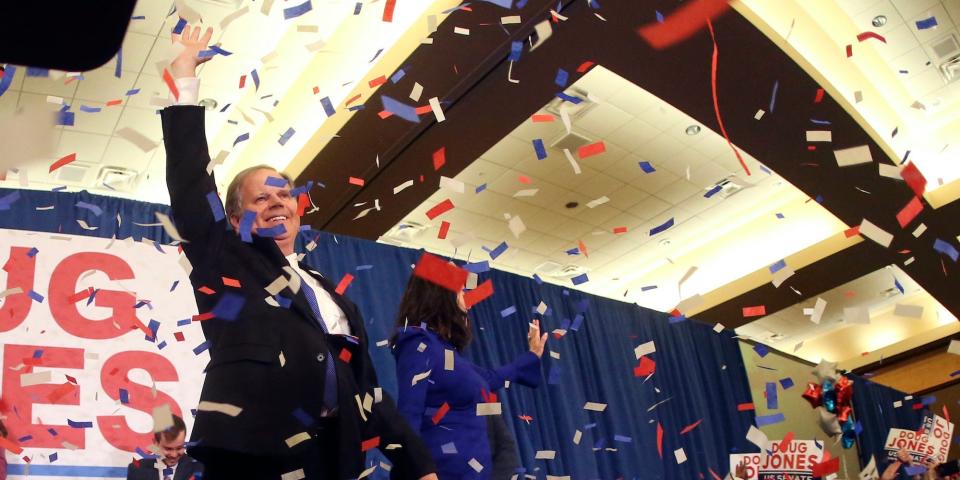
In Alabama, "even as Roy Moore was making national headlines for all the wrong reasons, turnout was still really low," at just over 40%, Ryan Williamson, the resident fellow for governance at the R Street Institute, a Washington-based think tank, and an assistant professor at Auburn University, told Insider.
"That multimillion-dollar cost of holding those elections becomes even more egregious when you consider how few people are participating in them," Williamson added.
Special-election efficiency and cost control often depend on whether it's a Senate or House race. While states' governors may temporarily appoint people to vacant Senate seats, Article I of the Constitution requires all House members to be elected, not appointed, which leads to often inconveniently timed special elections.
An extreme example of this is found in California's Central Valley.
James Kus, the top election official in Fresno County, was implementing California's new congressional-district lines when powerful GOP Rep. Devin Nunes, a top Trump ally in Congress, left office to lead the Trump Media & Technology Group, the company behind the former president's Truth Social platform.
Deciphering who is running for which congressional seat effectively requires a spreadsheet or flow chart. California's new congressional map splits Nunes' old 22nd District into four.
This meant that in June, many voters had to vote for two sets of congressional representatives for two geographically distinct districts. The system "is not designed" for such a scenario, Kus said. But he still had access to the old district lines and was able to program a one-time special district into his county's voting system.
"I voted for two congresspeople — that's a unique situation that really shouldn't happen in California ever," Kus told Insider. "I'd rather imagine that will be a once-in-a-lifetime opportunity for the voters of Fresno and myself."
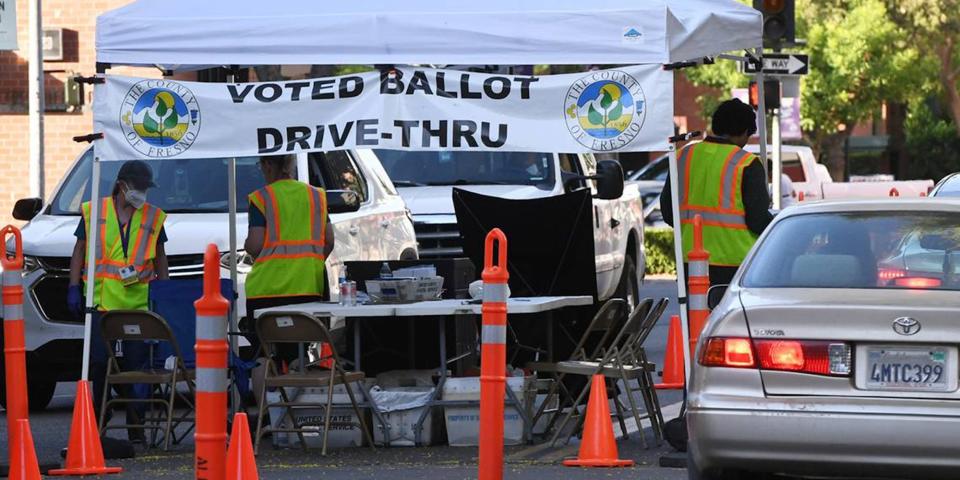
In New York, messy, protracted court battles over the state's new political maps required two primary elections for one set of offices in June and another in August, doubling the costs and labor for election officials.
"We're used to having to think on our feet now in New York," Dustin Czarny, a Democratic election commissioner in Syracuse-based Onondaga County, told Insider. "I have to be honest: This year is the worst."
Two special elections in Upstate and Western New York alongside the August primary added to the costs — ones that taxpayers had to shoulder.
The extra primary election alone cost the state $40 to $60 million, and Czarny estimated that the two special elections on top of that would increase costs by 25% to 50% in the affected counties.
Alameda County, California, in the Bay Area, estimates that a stand-alone special election costs $19 to $21 a voter, as opposed to $7 to $9 a voter for a regular primary election and $4 to $6 a voter for a general election.
In nearby Marin County, a countywide election costs between $800,000 and $1 million.
Like in California, New York counties' systems aren't designed to hold two congressional elections at once, which led to a puzzle that doubled the number of ballots required and fueled voter confusion.
The special between Marc Molinaro, the Dutchess County executive, and Ryan, who has the same title for Ulster County, was especially confusing given that those candidates won't face each other again in the regular general election.
"It's just a perfect storm of confusion," Czarny said.
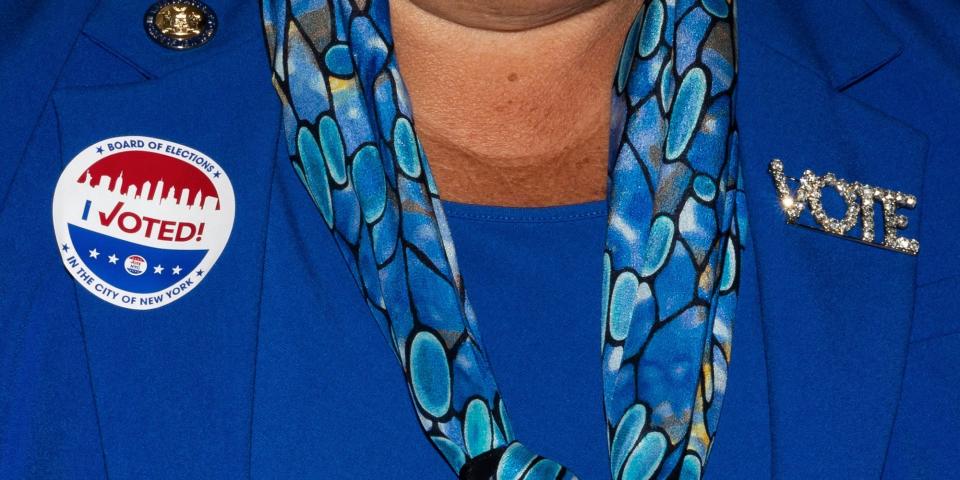
'Campaigns on speed'
Interviews with more than a dozen current and former candidates, operatives, election scholars, and election officials reveal the promise and potential — as well as the costs — of rising special elections as a pathway to Congress for younger and first-time candidates.
Previously overlooked special elections galvanized voters and became national beacons of hope and existential power struggles early on in the Trump era for Democrats, who poured money and time into electing candidates like Ossoff in the Atlanta suburbs, Lamb in western Pennsylvania, and Jones in Alabama.
A steady churn of special congressional elections, over 40 in the past five years alone, has attracted increasing amounts of national attention and skyrocketing levels of campaign spending.
"You're seeing just massive amounts of money from other parts of the country coming into these races," Owen, the University of West Georgia professor, said.

On the upside, the lack of an entrenched candidate, combined with a truncated campaign timeline, can open doors to candidates who'd otherwise have little chance of unseating an incumbent.
Deb Otis, the research director at FairVote, which advocates for ranked-choice voting, said special elections "can present a great opportunity for new candidates" in open seats, especially those who gain national attention.
"The prospect of a new person — even though it was going to be this slightly shortened timeline of a special election — that was very appealing," Tricia Zunker, who ran in a special election for a district in Northern and Central Wisconsin in spring 2020 as a Democrat, told Insider.
Lourin Hubbard, a 33-year-old water-quality-control manager in California's Central Valley, jumped at the chance to run for Congress when Nunes resigned.
"At that point, I was just like, 'Cool, big money is out. Now we can be free to talk directly to voters about policy,'" Hubbard, a Democrat, told Insider in an interview.
The special-election environment, Owen said, "actually allows a little bit more of a level playing field for many candidates" but benefits those with name recognition.
Hubbard said the 90-day length of his campaign made it based "almost purely" on name recognition. And Zunker said that while a special election kept her message from being "drowned out" by other candidates and races, the sheer size of her district made it challenging to compete financially and on the airwaves.
Dan McCready, a businessperson and a Marine Corps veteran, was one of the many Democrats compelled to run for office in the wake of Donald Trump's win in the 2016 presidential election.
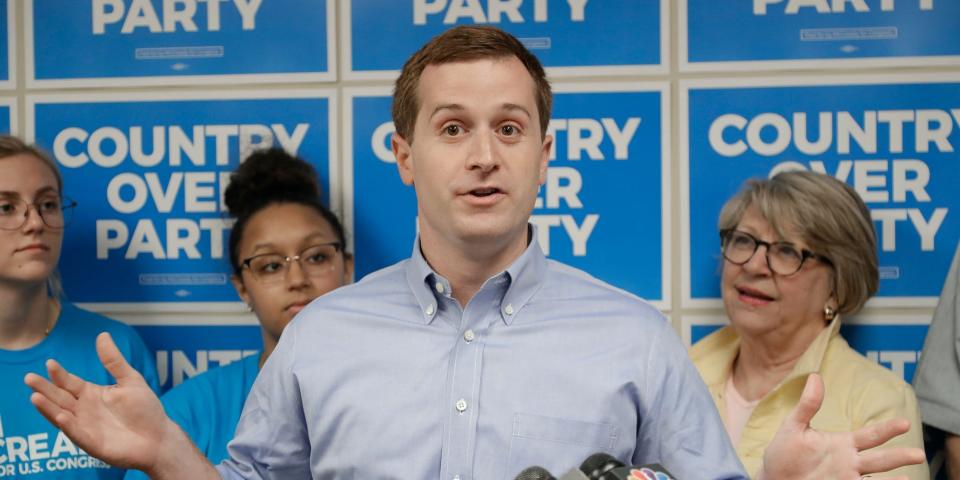
"I saw the direction our country was moving in and really felt a calling to serve again like I did in the years after 9/11," McCready, who ran for a district outside of Charlotte in Southern North Carolina in 2018, told Insider in an interview.
McCready lost that race, but officials invalided the election and ordered a new one amid allegations of widespread absentee ballot fraud perpetrated by the winning campaign. (The political consultant accused of masterminding the scheme died before he could face trial in the matter). That prompted a special election nearly a year later and put the district in the national spotlight.
"I felt like I was just sprinting for three years," McCready said.
McCready ultimately lost his special election to Republican Dan Bishop but, three years on, views it as a flashpoint in long-running struggles over democracy.
"I see these struggles that we're fighting for so much more as long-term struggles," he said.
Emily Cherniack, the founder and executive director of New Politics, which recruits candidates with service backgrounds to run for office, described special elections as "campaigns on speed," a dynamic that can hurt upstart candidates.
"A special election is not set up for outsiders to be successful. It's low turnout, and it's also people who vote all the time, so it is hard for someone new to have any type of runway," Cherniack said, adding: "We do not advocate for our candidates to do special elections unless it's out of necessity."
McCready's decision to run in a special election was one of those exceptions and a stand he took out of principle. But it wasn't easy.
"We knew from the beginning that it would be harder to win a special election," McCready said of his September 2019 special election. "Being the only race on the ballot can be a big disadvantage."
But in the right circumstances, the national environment can help propel candidates to victory.
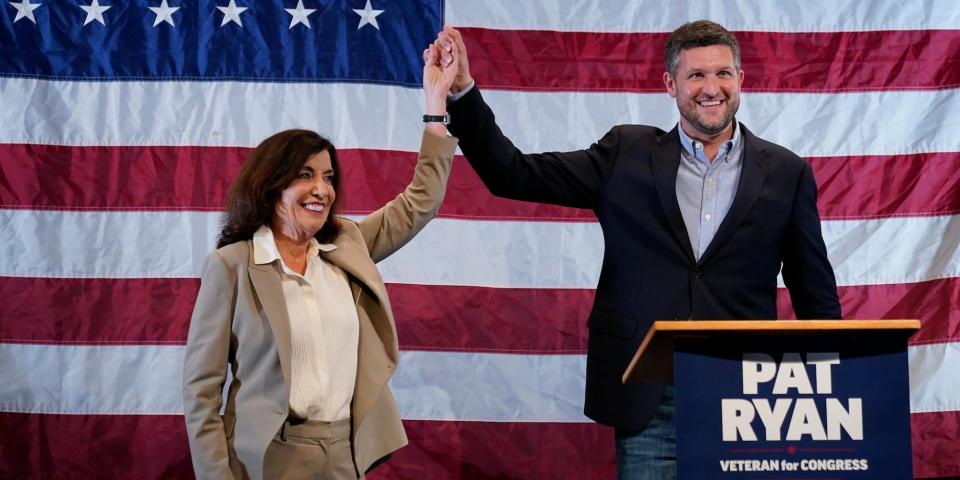
Ryan, the Ulster County executive, successfully seized on the backlash to Supreme Court decisions on abortion and gun restrictions to win the special election to replace now-Lt. Gov. Antonio Delgado in a battleground district in upstate New York.
"The energy and the fire and the intensity is really high, similar to what we felt in 2017 and '18," Ryan told Insider in an August interview ahead of the special election.
"Democrats have been pulling our punches on these issues for way too long. I don't know why," Ryan said of gun violence and abortion. "It feels like leaders of both parties are out of touch and distant from the actual emotion that people are feeling."
Ryan and others said that a leader's genuine connection to issues facing voters, and not just their age, determine the quality of their leadership.
"Sometimes in our politics, we get stuck in the wonk and the talking points, and we just lose our humanity," Ryan said. "I think it's more about generational change and people that are more rooted and connected to where the vast majority of Americans are at. The more disconnected you become, the less people trust you."
Hubbard from Central Valley, for his part, said he "would love to see more young folks run."
He summed up his and many of his peers' sentiment about California's senior senator: "I'm sorry, Dianne Feinstein, you have been in office for 52 years. You gave it the good college try to push the ball up the hill. Let's let some relief pitching take over."
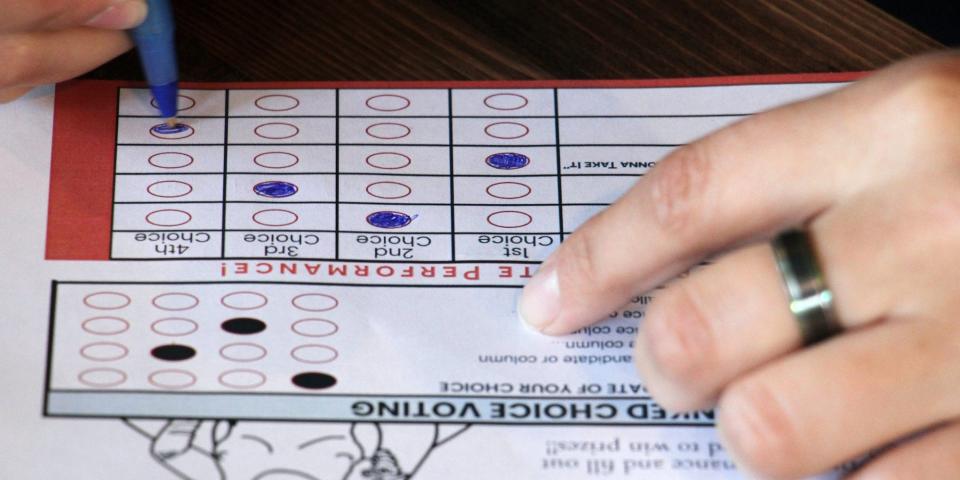
Special elections are inevitable, but members of Congress can lower their costs
Resignations and deaths among members of Congress are inevitable. Special elections aren't going away.
But advocates and candidates say the system could work better for candidates and voters.
California now allows counties to run elections with fewer countywide voting sites instead of traditional precincts, which significantly reduced the number of volunteer workers needed, and brought "a fairly big cost saving" for smaller elections like specials, Kus said.
Williamson, the resident fellow for governance at R Street, and groups such as FairVote also advocate for ranked-choice voting to ensure the winners of often crowded special-election primaries get a majority of the vote, a lower-cost alternative to expensive runoff elections.
"You have an opportunity for finding the maybe not the most popular candidate, but the most agreeable candidate," Williamson said of ranked-choice voting.
Aside from structural changes to the US's voting systems, reducing the nonstop stream of special elections and lowering their costs would require members of Congress to decide to step aside at the end of their terms, instead of hanging on until the very end.
"It's not just the millions of dollars to hold the election but weeks more of campaigning and vitriol," Williamson said of special elections. "And we know voters just get tired of it."
Read the original article on Business Insider

